Chasing October Bass Giants: Your Definitive Fishing Lures in 2025
Share this bass fishing article with every angler you know!
October. The very name conjures images of vibrant foliage, kids trick or treating and a crispness that invigorates the soul. But for those of us in the know, October signifies something even more profound: bass fishing at its absolute finest. It's a period where the lines between strategy and instinct blur, and raw potential is realized on the water.
Today we're breaking down the fish science and art of October bass fishing, giving you the knowledge and perspective needed to truly dominate this season.
Let's dive right in!
Get notified of new bass fishing articles, tips and tricks!
Newsletter Signup
The Magic of October Bass Fishing
The "Feed Bag" Phenomenon:
The oppressive heat of summer has retreated, and the bass, sensing the impending scarcity of winter, enter a period of intense feeding, a biological imperative driving them to gorge themselves on available forage. The bass aren't just nibbling; they're packing on the pounds. This "feed bag" mentality renders them aggressive, predictable, and eager to strike. If we understand the drivers behind this behavior, we can truly master the fall bite.
Water Temperature is King (and Baitfish are the Crown Jewels):
The gradual decline in water temperature is the conductor of this aquatic symphony. Every degree change orchestrates a shift in bass behavior, dictating their location, activity level, and ultimately, the lures they're most likely to attack. But let's not forget the true influencers: the baitfish. Shad, minnows, and other forage species are the crown jewels of the October ecosystem. Find the bait, and you've found the bass.
Early October (Water in the 70s): The water still retains warmth, allowing bass to remain active and aggressive. Look for them chasing bait in shallow areas proximate to deeper water, such as points and main lake banks. Think reaction baits: crankbaits, spinnerbaits, and topwaters.
Mid-October (Water in the 60s): As temperatures continue their descent, baitfish begin their migration into the backs of creeks, coves, and shallow flats. Bass follow, becoming more structure-oriented. Topwater action can still be explosive, particularly during low-light periods.
Late October / Peak Fall (Water in the 50s): This is the sweet spot, the crescendo of the fall feeding frenzy. The urge to feed is at its peak. Bass actively seek out bait, often found in deeper water, but ample oxygen allows them to remain active, sometimes near the surface or around main-lake/secondary points. This is when slower-moving baits really begin to shine.
Late Fall / Pre-Ice (Water in the 40s): The dance is nearly over. Bass seek refuge in wintering holes, becoming increasingly lethargic in deeper water (15+ feet). Now, finesse techniques and excruciatingly slow presentations become essential. Patience is not merely a virtue; it's a necessity.
A Reel Trip Through Time:
The Evolution of October Bassing
To truly appreciate the art of October bass fishing, we must acknowledge its evolution. What began as a necessity for sustenance has morphed into a complex and nuanced sport, driven by innovation and a deeper understanding of the underwater world.
From Sustenance to Sophistication:
In the earliest days, fishing was a matter of survival. Crude implements – sharpened sticks, rudimentary lines fashioned from natural fibers, and live bait – were the tools of the trade. There was a raw, primal connection to the water.
The Mid-19th Century Shake-Up:
This era witnessed a paradigm shift. The introduction of artificial flies, borrowed from the world of trout and salmon fishing, marked the dawn of lure-based angling. Simultaneously, American ingenuity gave us the first baitcasting reels, offering a level of precision previously unimaginable.
Around 1900, floating wooden lures began to emerge. Names like James Heddon and his "Dowagiac" became synonymous with innovation. These early plugs, poppers, jerkbaits, cranks, and spinners laid the groundwork for the modern lure industry.
The Modern Bass Revolution (1940s-1970s):
The invention of the plastic worm in 1949 was a seismic event, reshaping bass fishing forever. Its widespread adoption in the 1960s triggered a revolution. Coupled with innovations like monofilament nylon lines, durable fiberglass (later graphite) rods, electric trolling motors, and rudimentary fish finders, the sport experienced an exponential leap in angler success. Spinning reels gained widespread popularity in the 50s, and the safety-pin spinnerbait was patented in the 60s. Tournament fishing introduced groundbreaking techniques like the Carolina rig, forever changing the game.
Today's Tech-Driven Waters:
The relentless march of technology continues unabated. Fluorocarbon lines, GPS, and advanced sonar systems – side-scan, 360 Imaging, CHIRP, and the game-changing forward-facing sonar (FFS) – have transformed our understanding of the underwater landscape.
October's Constant:
Despite these advancements, the fundamental strategy for October bass fishing remains anchored to one unwavering truth: bass are compelled to feed aggressively before winter. Anglers have consistently adapted the best available gear to capitalize on this instinctive "fall feed," and this adaptability is the key to success.
The Great Debates & Busting Bass Myths
October bass fishing is rife with debates, with anglers fiercely defending their preferred tactics. It's time to examine some of these controversies and debunk a few persistent myths.
Shallow vs. Deep: Where Are They Hiding?
Shallow Advocates: The shallow water camp argues that baitfish move into the shallows, and bass, being opportunistic predators, follow. They target rocky/sandy humps, docks, laydowns, and stumps, employing lures like topwater baits, squarebills, and spinnerbaits.
Deep Advocates: The deep water contingent contends that larger, older bass prefer deep water access for efficiency and as a refuge from sudden cold fronts. They rely on deep cranking and jigging spoons, emphasizing that offshore fish often experience less pressure.
The Master's Take: The truth, as is often the case, lies in the nuance. Bass can be found anywhere from a foot to 20+ feet of water, depending on conditions and forage availability. Adaptability is paramount. Cold fronts may push fish slightly deeper, but they rarely abandon the general area entirely.
Fast vs. Slow Retrieve: What's the Winning Pace?
Fast (Power Fishing): Proponents of power fishing advocate aggressive, faster retrieves with reaction baits like crankbaits, spinnerbaits, and topwaters to trigger strikes from actively feeding bass. "Speed cranking" is a legitimate tactic.
Slow (Finesse): Others maintain that a slower retrieve is essential, particularly for lethargic bass in colder water or when using soft plastics and jigs, allowing the fish more time to inspect the lure.
The Master's Take: Again, the answer lies in flexibility. Begin with a faster retrieve, then slow down if you're not getting bites. In clear water, a faster retrieve can prevent bass from scrutinizing the lure too closely. Remember, the rate of fall (ROF) is often overlooked – a slower fall can be deadly in cold water.
Common October Misconceptions (Busted!):
"Bass are inactive during fall": False!
Cooling water actually increases their metabolic rate, fueling an aggressive feeding spree.
"Only deep waters are productive": False!
Many bass remain shallow, especially during warm afternoons, following baitfish. Shallow cover adjacent to deep water is a goldmine.
"Fall bass are hard to locate": False!
Bass tend to school more and follow baitfish schools. Find the bait, find the bass.
"Topwater lures are futile once temperatures drop": False!
Fall bass are often active on the surface, especially during mornings and evenings. Topwater action can be incredible.
"You only need treble-hooked lures": False!
Soft plastics, jigs, and frogs are still highly effective, especially for larger bass holding in thick cover.
"Daytime highs are more important than overnight lows": False!
Overnight lows exert a greater influence on overall water temperature changes and bass activity.
"Cold fronts are always bad for fishing": False!
While they can initially push bass deeper, they also initiate cooling trends that ultimately make bass more active.
"Clear water means natural colors only": False!
Brighter, contrasting colors like chartreuse and white can still trigger strikes, especially in fall, due to increased light penetration.
"Big baits always catch big bass": False!
Bass are opportunistic. While big baits can increase your average size, they will readily devour smaller baits, especially if they resemble juvenile forage.
Your October Arsenal:
Essential Lures for Any Water
Building the right arsenal is critical for October success. Here are essential lure categories and specific examples to consider:
Reaction Baits – Get 'Em Aggressive!
Crankbaits (Shallow & Deep): Ideal for covering water and mimicking injured baitfish.
Shallow-Diving (Squarebills, Flat-Sided): Bill Lewis SB-57, Bandit 100, Jackall Bling 55, SPRO John Crews Little John MD 50. Dive less than 10 feet. Bounce them off cover. Colors: shad, white, chartreuse.
Lipless Crankbaits: Berkley Warpig, 6th Sense Duke 55. Cover vast areas, rattling vibration mimics distressed baitfish. Yo-yo, burn, or pause. Downsize to 1/4oz to match smaller baitfish. Effective in grass.
Deep-Diving: Rapala DT8, DT10, DT14, River2Sea Tactical DD 75. For targeting deeper bass on ledges, humps, and creek channels.
Spinnerbaits: A true fall fishing staple, great for imitating shad and other baitfish across different depths. White, white/chartreuse, fire tiger.
Double Willow Leaf: Ideal for "burning" just under the surface on windy days in open water.
Tandem Colorado/Willow: Preferred for shallow water, offering more vibration.
Booyah Super Shad Blade-Bait (4 blades): Offers a larger profile to match growing fall shad (3-4 inches).
Vibrating Jigs (Chatterbaits): Offer abundant flash and vibration, highly visible and effective, especially in shad patterns. The Strike King Rattlin Thunder Cricket is a proven producer. Good in stained or off-colored water.
Topwater Lures – Explosions on the Surface!
Don't relegate these to summer!
Buzzbaits: Damiki Noisy MTB Buzzbait, Greenfish Tackle Toad Toter Buzzbait (with Zoom Horny Toad trailer). Lighter weights (1/4-3/8oz) allow for slower retrieves, matching smaller baitfish. Excellent for fishing in, around, and under cover where bass ambush.
Walking Baits & Poppers: Zara Spook, Sammy, Bagley's Knocker B 11, Ima Skimmer 110. Great when baitfish are active on the surface or bass are busting. Whopper Ploppers (110, 90 sizes) are phenomenal for covering shallow water.
Swimbaits – Realistic Enticers!
Paddle-Tail Swimbaits: Keitech Swing Impact FAT, Rage Swimmer, Bassmooch Smash Paddle. 3-4 inches rigged on a jighead (1/4oz) or underspin. Excellent for imitating baitfish at various depths. Shad, perch, bluegill patterns.
Glide Baits: Bucca Brand 6" Trick Shad. Effective for targeting larger, trophy-sized bass.
Jerkbaits – The Wounded Prey!
Suspending Jerkbaits: Rapala Mavrik, Rapala X-Rap, Megabass Vision 110 (+1 Jr). Work exceptionally well as water temperatures dip into the 50s. Employ a sharp twitch-and-pause retrieve; many strikes occur on the pause. Particularly effective in northern waters.
Soft Jerkbaits: Texas-rigged for fishing around heavy cover where bass are corralling baitfish (e.g., Zoom Super Fluke).
Jigs – Bottom Bouncers & Finesse!
A versatile, year-round staple.
Football Jigs: Missile Baits Head Banger (1/2-1oz). Drag slowly along rocky banks, points, and rock piles.
Finesse/Smaller Jigs: 1/4oz, natural colors (browns, greens) with chunk-style trailers. Great for a smaller profile when bass are finicky.
Swim Jigs: White with a matching trailer. Reel them fast just under the surface, crashing into cover to trigger strikes.
Soft Plastics – Subtle & Deadly!
Ned Rigs & Drop-Shots: Small minnow imitations (e.g., 3-inch Senkos, Rapala Crush City Ned BLT). When water is in the 40s and bass are lethargic, fish these slowly along the bottom.
Texas-Rigged Worms/Stickbaits/Creature Baits: Excellent for probing heavy cover or working along structure. Wacky-rigged Senkos are deadly for their slow, enticing fall.
General Lure Tips:
Always match the size of your lure to the local baitfish. Consider downsizing many lures in October. Use natural colors (shad, perch, green pumpkin) in clear water, and darker colors (black/blue) for jigs in dirty water.
Regional Deep Dives:
Master Your Local October Waters
Bass fishing isn't a monolith. Regional variations in climate, forage, and habitat dictate distinct approaches. Let's delve into some key regions:
Pacific Northwest: The Evergreen Bass Bonanza: October offers some of the best bass fishing in the PNW as bass prepare for winter. Both Largemouth and Smallmouth are active.
Southwest: Desert Oasis Bass: The intense summer heat finally subsides, bringing refreshing conditions and highly active bass. October is prime time across the region.
Southeast: The Southern "Fall Feed" Fury: October offers exceptional bass fishing as cooler temperatures (mid-70s to 50s) trigger an aggressive "fall feeding frenzy."
Rocky Mountains: High-Altitude Hunt: Excellent fall feed in lower-elevation lakes and reservoirs. Bass are actively fattening for winter.
Great Plains: Prairie Power Bass: October is a prime month, offering excellent fishing as bass aggressively feed to prepare for winter.
Midwest: The Heartlands' Best Bite: October is one of the best bass fishing months in the Midwest, offering both quantity and quality. Be ready for unstable weather.
Northeast: Cold Front Bass Beatdown: October offers exciting opportunities for both Largemouth and Smallmouth Bass as they feed aggressively for winter.
The Anglers Edge:
Your October Game Plan
Recap Core Principles:
Find the bait, match the hatch, and adapt to water temperature and weather conditions. Don't be afraid to experiment with retrieve speeds and presentations. Observe, adjust, and trust your instincts. The fall is a dynamic, rewarding time to be on the water.
Continue Learning:
Every day on the water is a lesson. The most successful anglers are perpetual students, constantly seeking new knowledge and adapting to the ever-changing environment.
The Ultimate Advantage: Bass Forecast
Imagine knowing exactly where the bass are biting, what lures they'll hit, and when. It's no longer a dream; it's the future of fishing, and it's here now.
Bass Forecast leverages cutting-edge AI and hyper-localized data to provide you with real-time, personalized predictions and recommendations for your specific body of water. It's like having a team of professional anglers whispering in your ear, guiding your every move.
Stop guessing and start catching more bass today.
Your Bass Fishing Secret Weapon
Don't merely fish October; dominate it.
Download Bass Forecast now and transform your fall fishing into a legendary experience!


.gif)
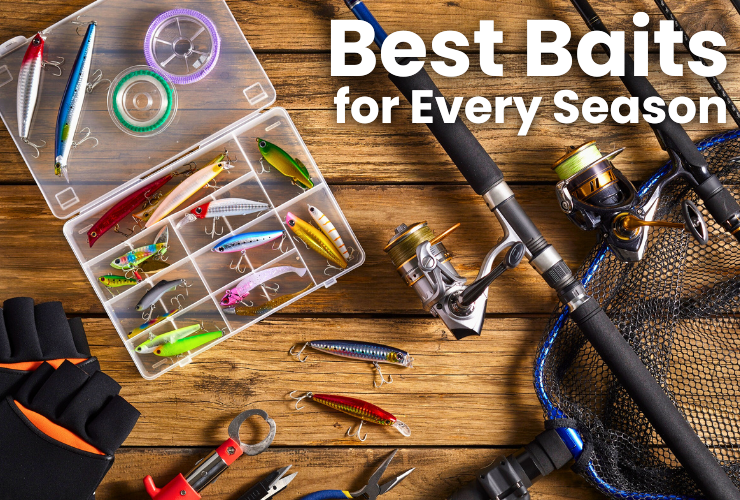
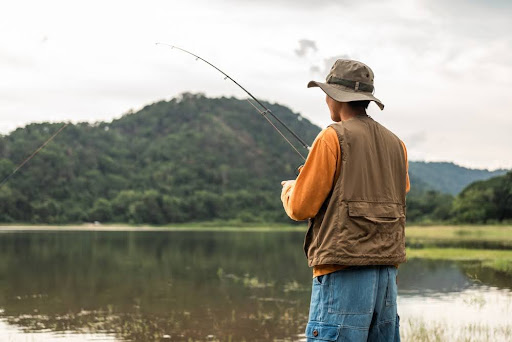
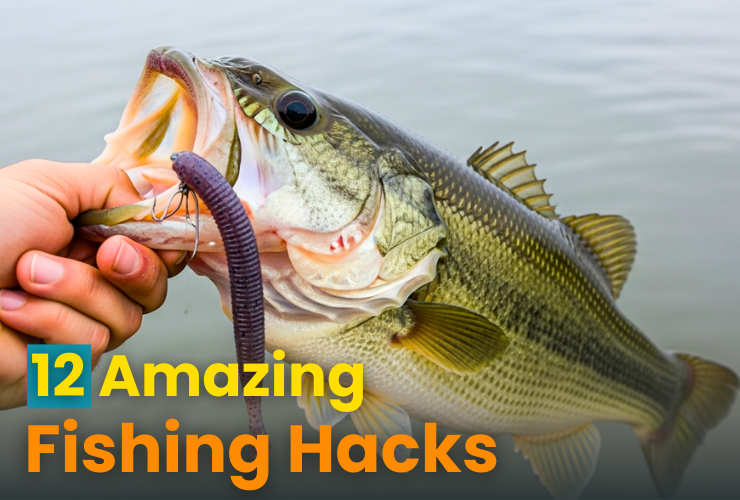
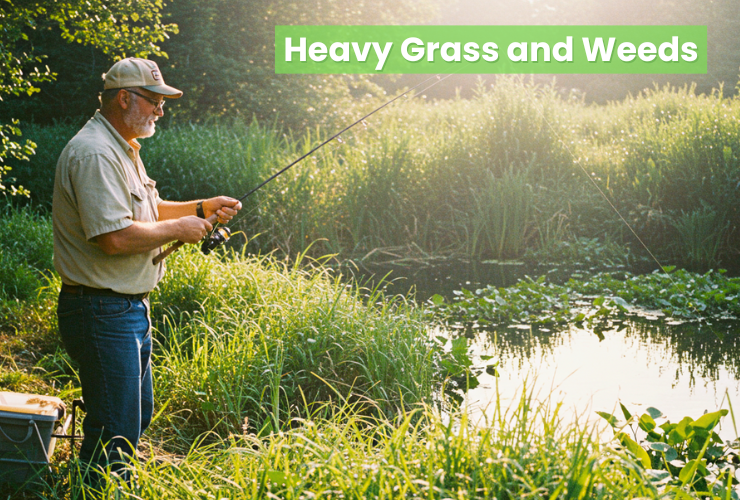
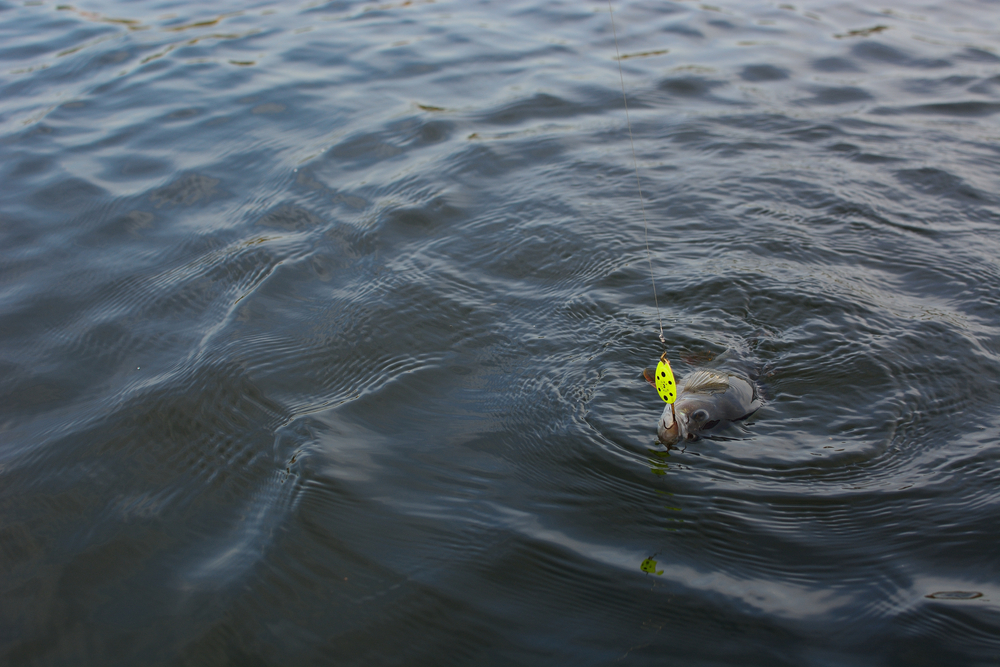
.png)
.png)